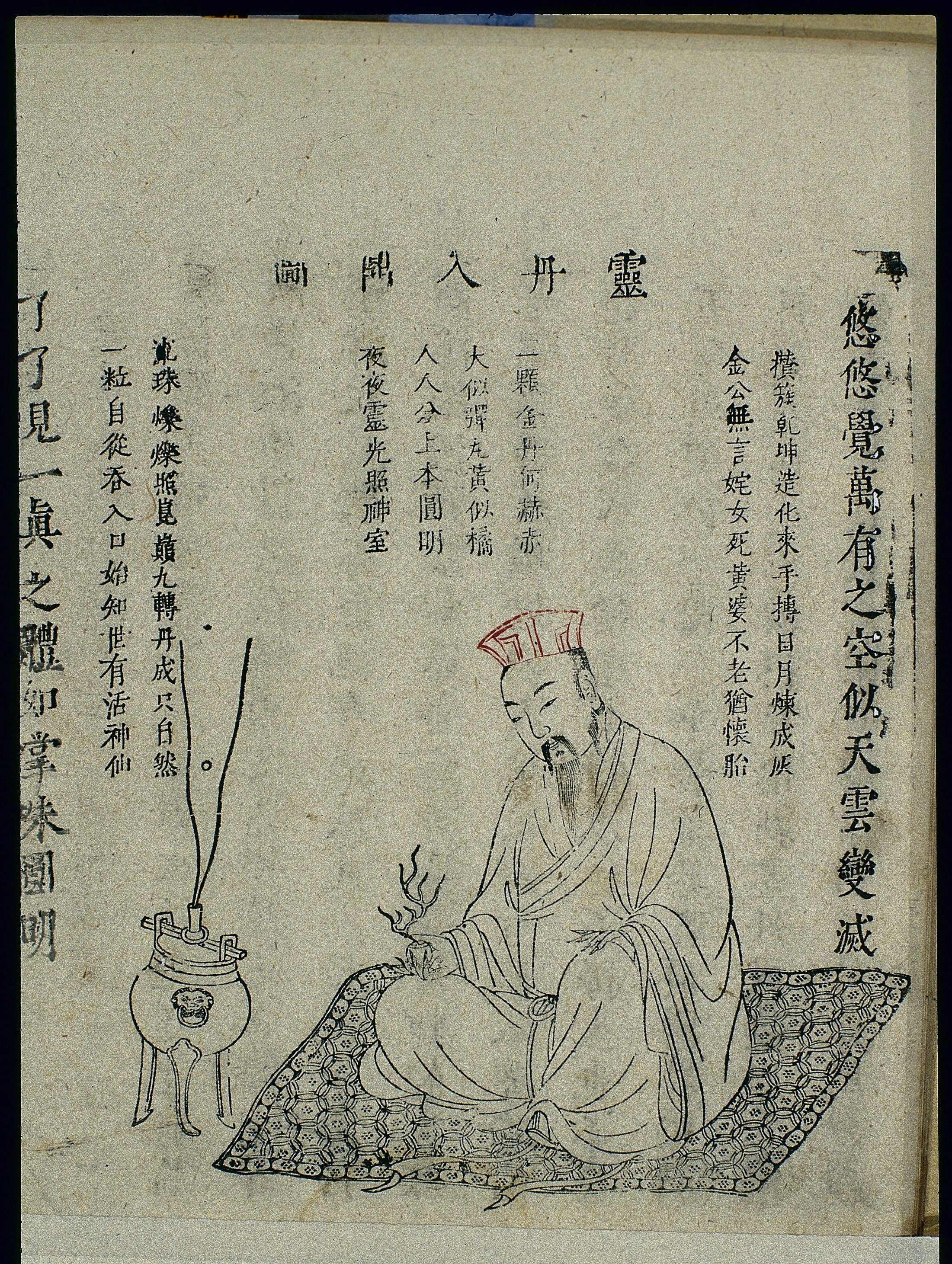Pip Power
The 1940s Gypsy Witch Fortune Telling Cards mark the fox as No. 11 / Ace of Hearts, with the message: 'The fox in close proximity augurs distrust of acquaintances who are seeking to betray you; distant, less danger.' Themes of vigilance and wisdom, underscoring the importance of insight and intuition in navigating complex relationships and intentions, are relevant to the Fox Spirit as patron of our method.
To employ the Fox Flower Method is to understand that conflict resolution is not a normative process aimed at achieving a desired outcome, fixing, or settlement.
It is a descriptive tool designed to uncover forces at play, informed by nondualist principles and the coexistence of opposing ideas, which is a radical tenet of Nonreading practice. In this way, using the method is akin to acting as alchemist on a mission to discover, like the magician monks and devoted adepts of ancient Taoist magic whose process-based elemental formulas and nature-dependent practices undergird the method’s interpretive framework.
Detail from Putting the Miraculous Elixir on the Tripod, Chinese Woodcut: Daoist Internal Alchemy (9)
Artist: Yi Zhenren
Period: Ming dynasty, 1615
Medium: Woodcut
Collection: Wellcome Images, Wellcome Trust
This illustration from Xingming guizhi (Pointers on Spiritual Nature and Bodily Life) depicts the practice of Neidan, the internal branch of Taoist alchemy, which aimed to achieve immortality through meditation, breathing, diet, and exercise. Unlike Waidan (external alchemy), Neidan avoided the use of toxic materials like lead and mercury, substances that claimed the lives of many emperors in their quest for eternal life. Likewise, use of the Fox Flower Method asks us to play the well-adjusted alchemist, pouring out the poison and putting ego aside in favor of patience and consideration.
The Fox Flower Method positions the minor cards in conversation with Tarot's Magician, who represents the Kitsune within the spread. The Kitsune, like The Magician, with an assemblage of magical, mind-bending tools at his disposal, embodies both wisdom and trickery, reflecting the dual nature of existence beyond the binary of good and bad, right and wrong, male and female, yin and yang, light and dark…The transcendent qualities of nondualism are central to the method, which reinterprets traditional playing card associations alongside the five elemental phases of esoteric Chinese philosophy and traditional medicine. The Magician represents the intermediate Earth phase, guiding the exploration of energy flow as described in Taoist doctrine.
Detail of a robed Kistune from Monster Poetry Contest Picture Scroll (Bakemono uta-awase emaki); Edo period, one handscroll
In this method, the Major Arcana (except for The Magician) and court cards are removed before drawing. This exclusion shifts the focus away from overarching archetypes and personalities, centering on the elements represented by the pip suits. These suits are used to describe the transformations of nature within a situation, unearthing complexes and challenging conventional schemas of reality, rather than adhering to accepted formative states. This focus on the number cards allows for a more nuanced exploration of conflict, acknowledging fundamental energies rather than personified influences and the generalizations often tied to archetypal figures, while deepening possibilities for distillation of meaning using numeric reduction.
Floral motifs entwine with blades in the even-numbered cards of the Suit of Swords, revealing a delicate balance between beauty and conflict. This juxtaposition in early Italian and Marseille-style decks deepens the symbolic resonance of the pip cards and grounds the method in the visual language of flowers. More examples from the 1650 Jacques Viéville deck are included below. (Patrick Coq 2012 reproduction for SIVILIXI Editions)
Elemental nature offers an ideal framework for the Fox Flower Method because it reflects the fluid interplay of energies that shape reality, allowing the method to reveal underlying dynamics with transparency and neutrality, creating space for truth to bloom.
The Kitsune, as a trickster, challenges the notion of binary thinking, urging the querent to recognize the complexities and nuances in a given situation through the lens of Nature's basic materials and cycling energies. It may offer an opinion, but is not interested in imposing. Kitsune says we must keep our emotions in motion and seeks to illuminate the plain truth of the matter—often a truth that defies conventional morality or simple categorization.
In practice, this means that the reading may reveal uncomfortable or paradoxical realities, urging the querent to accept that not all conflicts are meant to be resolved in a way that satisfies. Instead, the method guides the querent to understand underlying positions, motivations, and consequences, allowing for a more informed and holistic perspective.








